#ALBA
Text
Paradise 🌻
- @l-amore-di-un-angelo
#sunflower#flowers#tramonto#alba#Instagramfonte#nuvole#bella#paradiso#paradise#girasole#luoghi#luogo#immersione
2K notes
·
View notes
Text


Jack Gilbert, from“Alba” / Larissa Szporluk, from "Prowler's Universe"
#jack gilbert#collected poems of jack gilbert#alba#words#poetry#typography#id in alt text#…#larissa szporluk#dark sky question#prowler's universe#parallels#mm
2K notes
·
View notes
Text
Please reblog for a bigger sample size!
If you have any fun fact about Scotland, please tell us and I'll reblog it!
295 notes
·
View notes
Photo


Álvaro Rico in Alba 1x04
#álvaro rico#alvaro rico#alba#albaedit#jacobo entrerríos#serie#serieedit#tvedit#netflix#netflixedit#actor#gifs#mine#*
2K notes
·
View notes
Text

꧁★꧂
#house#home#old house#winter#fog#wooden house#cotorasti#alba#romania#cottagecore#wintercore#cozycore#eeriecore#flickr#oldweb#old web#2010
149 notes
·
View notes
Text
Scottish people for a Free Palestine 🏴🇵🇸
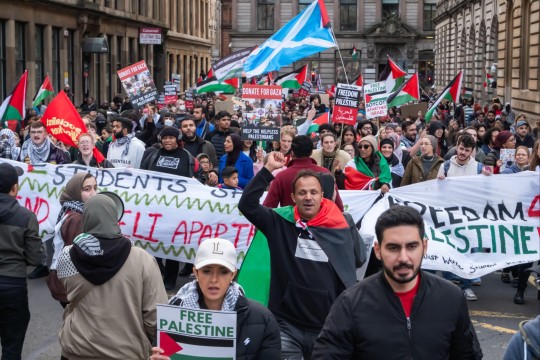
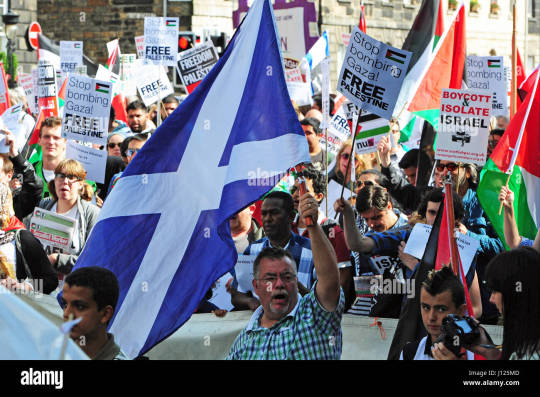



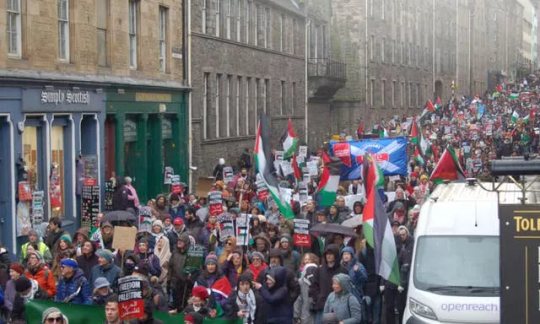
#Scotland#Scottish#Scotsmen#Scotsman#Celtic#Palestine#Free Palestine#Free Gaza#Alba#Protest#Palestina#Israel
145 notes
·
View notes
Text
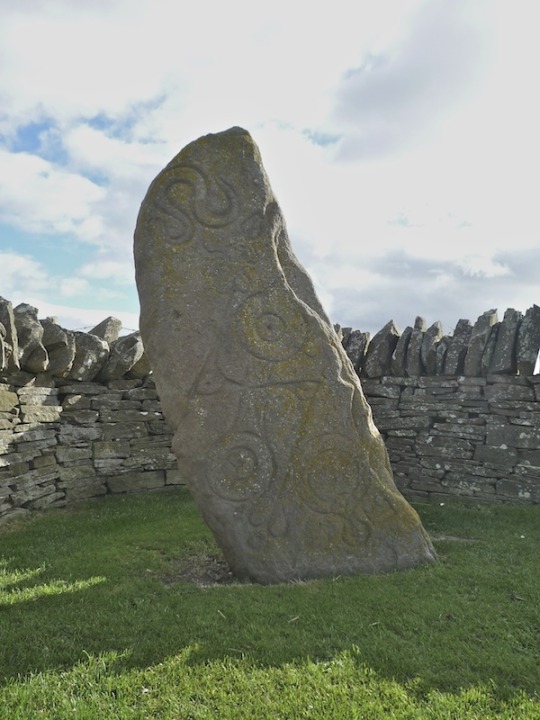

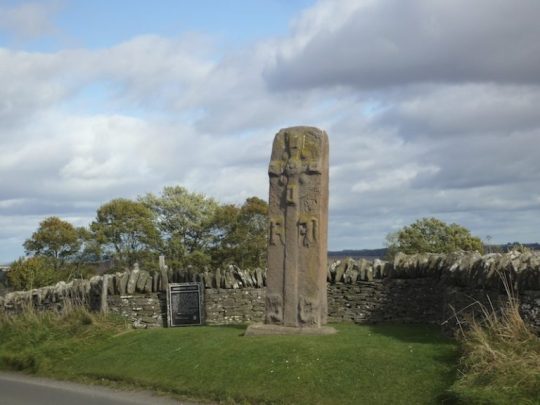
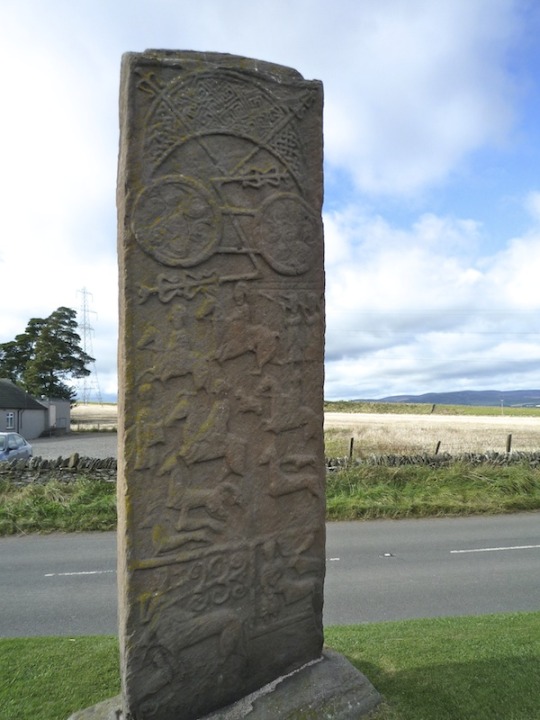

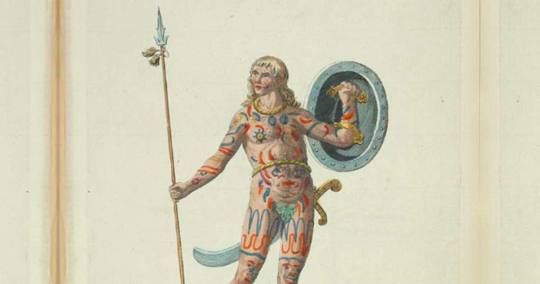
On 20th May 685 The Picts won a decisive Battle , in present-day Angus, known as The Battle of Dun Nechtain or Battle of Nechtansmere.
A wee bit longer post than I normally give you, but it is a great story, the first part tells us how a battle against The Angles helped shape the country we now know as Scotland, the second is a tale from the twentieth century, both stories are connected, read on and enjoy.........
Known as 'Picti' by the Romans, meaning 'Painted Ones' in Latin, these northern tribes constituted the largest kingdom in Dark Age Scotland. They repelled the conquests of both Romans and Angles, creating a true north-south divide on the British Isles, only to disappear from history by the end of the first millennium - swallowed whole by the history of another group, the Gaels. Together they created the Kingdom of Alba.
The Picts took part in one of the most decisive battles in Scottish history - the Battle of Dun Nechtain (Dunnichen). If the Picts had lost, Scotland might never have existed. For the Angles of Northumbria it was simply a disaster - ending their domination of Scotland.
The Battle of Dun Nechtain was fought on this day in 685 AD and is one of the best recorded events in Dark Age Scotland.
The Kingdom of the Angles under King Oswui had rapidly expanded north, moving their frontier from the River Forth to the River Tay. Since 653 AD many of the major groups of people in Scotland - Britons, Gaels and much of Pictland - had been subject to the overlordship of King Oswui. In 672 AD, after the death of Oswui, the Picts rose against their overlords, expelling Drust, their Northumbrian puppet king.
The new King of Northumbria, Ecgfrith, wasted no time in wreaking revenge on the Picts. The Picts were massacred at a battle near the town of Grangemouth, where the rivers Carron and Avon meet. According to Northumbrian sources, so many Picts died they could walk dry-shod across both rivers. By 681 AD Ecgfrith had founded a bishopric at Abercorn on the southern shore of the Forth - a symbol of Northumbria's secure grip over the Picts.
The defeated Picts took Bridei, son of Bili, as the king of a much depleted Pictland. King Bridei was actually the cousin of his mortal enemy, King Ecgfrith of the Angles, but, in true Dark Age fashion, this didn't diminish their mutual desire to destroy each other. An almighty battle was on the cards.
The Chronicle of Holyrood gives us an account of the battle: "In the year 685 King Ecgfrith rashly led an army to waste the province of the Picts, although many of his friends opposed it...and through the enemy's feigning flight he was led into the defiles of inaccessible mountains, and annihilated, with great part of his forces he had brought with him." However, we need to keep in mind this account was written hundreds of years after the event.
The Angles were advancing up Strathmore, probably aiming for the Pictish fortress of Dunnottar, when they fell into Bridei's trap. Sighting a Pictish warband, the Angles set off in pursuit, then, as they came over the cleft in Dunnichen Hill, they found themselves confronted by the main body of the Pictish army. Caught between the Picts and the loch below the hill, the Angles bravely faced their doom.
The politcal map was altered. The Picts, Gaels and many Britons were freed from Northumbrian overlordship. Gaelic poets as far away as Ireland celebrated the battle's outcome. The Pictish frontier returned to the River Forth near Edinburgh and the Bishop of Abercorn fled, never to return. The Angles never fully recovered as major force in Scotland.
It is no coincidence that the Picts mysterious disappearance occurs at the same time as the creation of the kingdom of Alba. For many years Gaelic influence in Pictland had been on the rise. The Gaelic religion of Christianity had spread throughout Pictish lands and with it many Gaelic traditions. Furthermore, through a mixture of conquest and inter-marriage Gaelic or Gaelicised royalty had succeeded to the Pictish throne (a notable example of this being Kenneth MacAlpin).
Finally in 878 AD the Pictish king, Áed, was murdered and replaced by a Gael - Giric. Giric accelerated the Gaelic takeover of Pictish politics during his reign making the Gaelic language and traditions commonplace. Even after Giric was finally deposed in 889 AD future Pictish kings such as Donald and Constantine embraced Gaelic culture. By 900 AD Pictland ceased to exist. The reign of Donald is listed in the Chronicle of the Kings of Alba as a king of Alba. Pictland and Dál Riata had gone and in their place Alba - a Gaelic word for Scotland - was created. In this simple listing in an obscure book Scotland has its origins.
Fast forward over 12 hundred years to the 2nd January 1950, and a woman called Miss E.F. Smith, described as a spinster, was driving home from a party in Brechin at about 2am. Her car had skidded into a ditch 2 miles outside the area due to the treacherous road conditions. She still had another 8 miles to go so she continued her journey on foot. She felt oddly nervous as she walked along the minor road west of the A932, then she saw a number of strange lights in the distance near Dunnichen Hill. Turning south towards the village, she noticed figure in the field to her right, part of Drummietermont Farm. Each figure carried a flaming red torch in its left hand and they seemed to be searching the ground for something.
Miss Smith then saw shapes on the ground exactly like dead bodies. The figure nearest to her stooped down and examined several of these ‘corpses’, turning them over and back again, as if looking for recognisable faces. This scene lasted for around ten minutes, with Miss Smith’s dog barking throughout. Eventually she simply walked away. She only realised that the whole event was peculiar when she woke up next day and thought about it. Later she gave details of the experience to the Society for Psychical Research. She reported that the searchers wore garb like body stockings, along with tunics and flattened oval helmets. They appeared to be moving around the edge of the vanished mere, the shape of which was later traced by archaeological investigation.
Although this post battle manifestation has not been repeated. some motorists passing through Dunnichen on misty nights have caught sight of fleeting human forms which vanish before their cars hit them.
There is some skepticism as to how real Miss Smith’s sighting was. She was travelling very late at night and had already walked a number of miles, not to mention suffering a trauma from skidding her car into a ditch. The vision could have been brought about as a result of exhaustion and the effects of the cold. However, the fact that it occurred at the exact site of the Battle of Nechtansmere seems to be too much of a coincidence and it is unlikely that the woman’s dog would react to something that occurred only in his owner’s mind.
The pictures are of Pictish stones from around Aberlemno that perhaps tell the story of the battle.
67 notes
·
View notes
Text
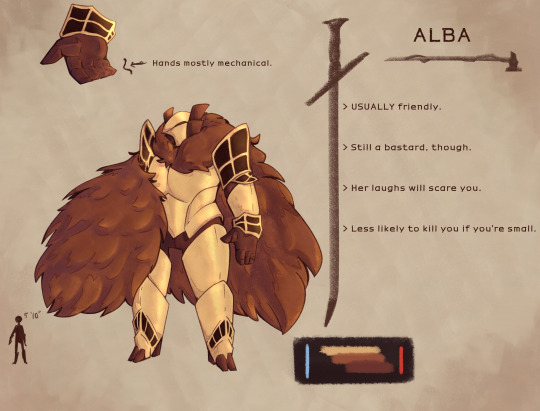

Made a big robo knight lady...give her kiss!
(Click for better quality. Reblogs are appreciated!)
COMMISSIONS OPEN!
#my art#digital art#artists on tumblr#doodle#character design#knights#robot oc#robot art#mecha art#giant knight#knight#g/t#g/t community#concept art#oc art#my ocs#alba#mecha knight
93 notes
·
View notes
Text
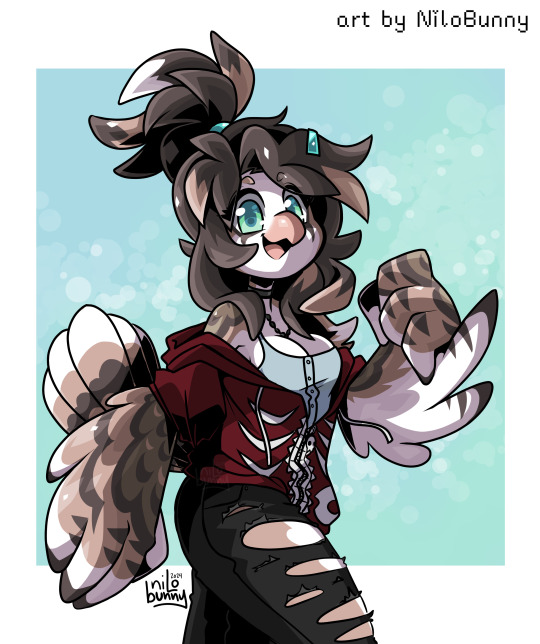
commission for LunarLivH on twitter of their sona, Alba!
please follow me!
bluesky || itaku || twitter || furaffinity || patreon
140 notes
·
View notes
Text
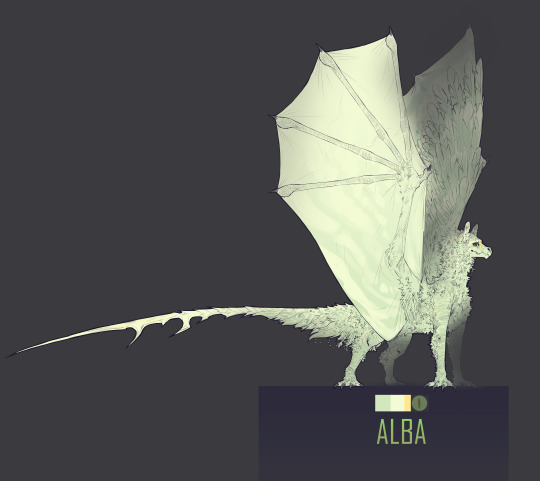
ALBA
356 notes
·
View notes
Text
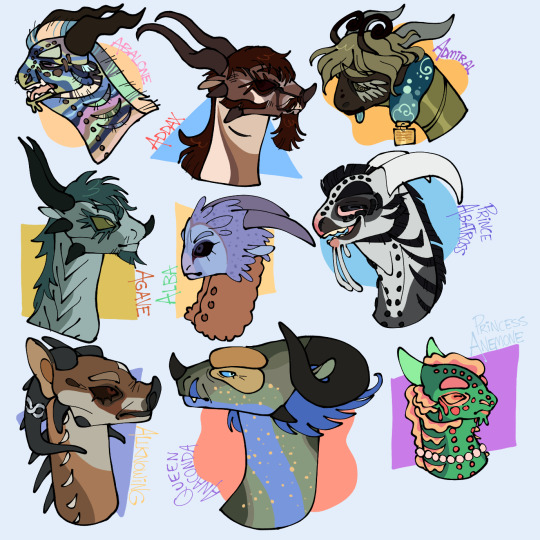
blep
click image for better quality
all wof characters in alphabetical order
1/???
next
#wof#wings of fire#digital art#wof fanart#wof abalone#wof addax#wof admiral#wof agave#wof alba#wof albatross#wof allknowing#wof anaconda#wof anemone#abalone#addax#admiral#agave#alba#albatross#allknowing#anaconda#anemone#seawing#sandwing#silkwing#icewing#nightwing#rainwing#dragons#my art
116 notes
·
View notes
Text
Irish, Welsh and Scottish Gaelic speakers, I need your help! 🇮🇪🏴🏴
For a piece of academic writing I am working on right now, I was wondering if in the context of those three languages, you have positive or negative examples of:
1) The presence of non-standard dialects digitally or in the media (any content creator you know, any regular speakers on the radio that actively uses a non-standard dialect, or on the contrary, you only encounter standard Irish/Welsh/Gaelic. If you have any example of non-standard writing too, for example in the printed press, I am all ears)
2) Do you speak and/or write a non-standard dialect and have been looked down upon for it by other speakers? If yes what dialect and in what context
3) What do you think about purification practices in which loan-words from English are replaced by new words? Which words do you use? If you study the language formally, which are taught to you?
Thank you, and please reblog!
- A grateful Celtic student
#Irish#Gaelic#Scottish Gaelic#Welsh#gaeilge#cymraeg#Gàidhlig#Ireland#Scotland#Wales#Celtic languages#Minroty languages#Linguistics#Standardisation#Celtic#Celtic studies#Languages#Alba#Mostly for native speakers but also non-native fluent speakers that regularly interact with the language
71 notes
·
View notes
Photo

don’t want to stay in the middle (my ocs alba and stella)
#my babies.. didn't have much time for oc art this year so i tried to squeeze in one oc drawing before the year ends!#does anyone remember my ocs haha🥺#oc#alba#stella#wlw#sapphic#wlw art#sapphic art
582 notes
·
View notes
Text


@flawseer gave me the idea to start this...
DRAWING ALL JMA STUDENTS DAY 1: ALBA
1/37
61 notes
·
View notes
Text

Selfie by Alba
IG: alllba_24_11
43 notes
·
View notes